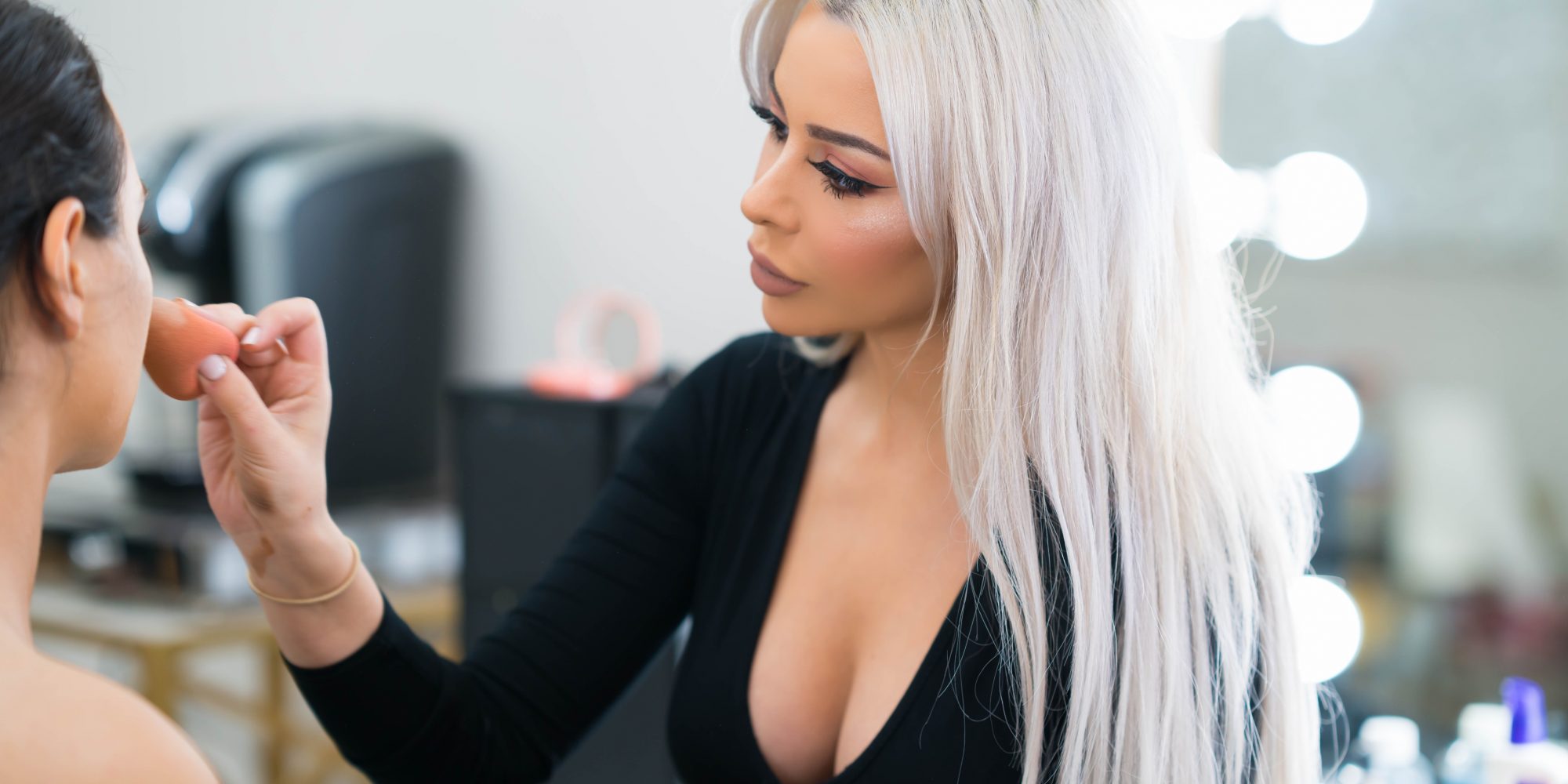
The Startups Changing The Broken Beauty School System
There’s been plenty of reasons to become a beauty school dropout.
Professional beauty training in this country has been largely administrated by small privately-owned entities teaching techniques many salon and spa industry experts consider outdated and frequently leaving students weighed down by thousands of dollars in debt. Last year, The New York Times revealed more than 177,000 people enroll in for-profit beauty schools across the United States annually, and the schools typically charge over $17,000 for tuition, fees and supplies to earn a cosmetology certificate. Students are forking over that amount to secure hairstylist, cosmetology and barber jobs that, on average, pay less than $24,900 a year, according the Bureau of Labor Statistics.
Assessing the beauty school landscape, entrepreneurs are increasingly sensing opportunities to fix a broken system. One of those entrepreneurs, Angela Ivana, became aware of problems with beauty schools while traveling state to state training retail employees at stores like Sephora, Macy’s and Bloomingdales as regional educational manager for haircare brand Amika. “The people working in the stores confided in me, and told me that they had spent $25,000 and they’re working at a retail counter instead of using their cosmetology education,” she says. “I started digging deeper and asking them questions about why that was happening, and I discovered that they were lacking a whole host of skills from business to science to technology.”
The confessions led Ivana to create CosmoSafe, a digital beauty education platform that she explains is designed to bridge the gaps between “traditional education, cosmetology education and the current gig economy.” Its initial program is an online so-called beauty-preneurship master class priced at $550 covering skills cosmetologists need to build their businesses. It involves six lessons with instruction on marketing concepts, management practices and more that students can absorb at their own pace. Beauty industry veterans including aesthetician Mae Monroe and makeup influencer Jaleesa Jaikaran have helped devise the lessons. Ivana says, “We decided to really focus on this business portion to make sure that people can actually thrive and are empowered economically.”
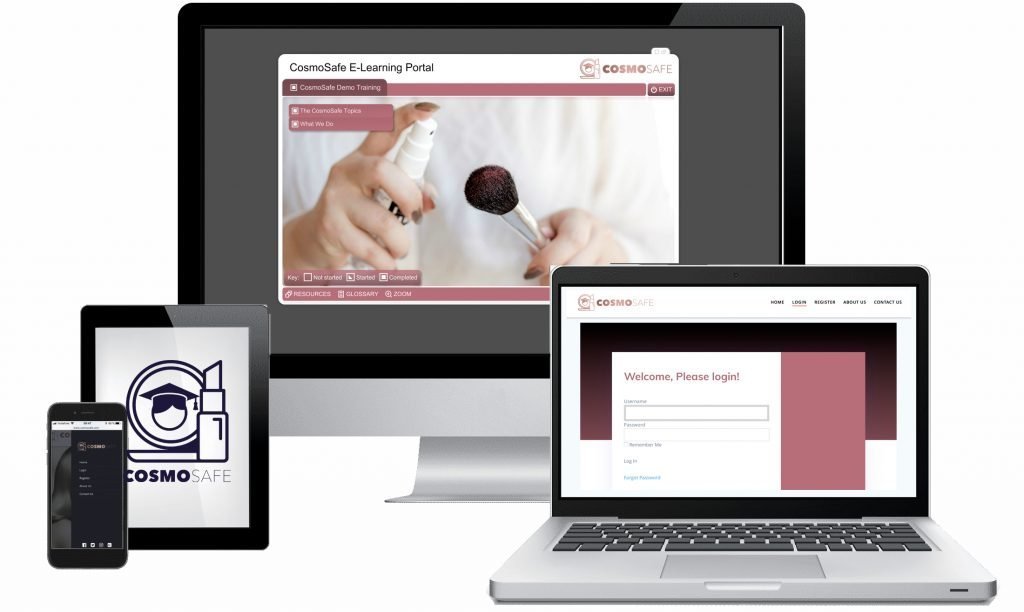
Ani Goulayan’s school Vanity Makeup has a different strategy for remaking beauty education. Her objective is to prepare makeup artists to serve contemporary clients. Goulayan says, “Anyone that graduates cosmetology school still need lots of training and interning in order to give clients what they want.” She elaborates that Vanity Makeup’s classes “don’t waste time in my courses by doing drawings on paper and getting technical. My approach is teaching looks and techniques that I know my students will actually be using and doing it all hands-on for a better learning experience.”
Master classes by celebrity makeup artists like Charlotte Tilbury and Mario Dedivanovic are popular, particularly in Los Angeles, where Vanity Makeup’s classes are held, but Goulayan emphasizes her school’s offerings vary from celebrity makeup artist fare. Celebrity makeup artist master classes usually occupy a few hours in a single day. Vanity Makeup’s in-depth classes run for four days to two weeks and cost $2,500. Goulayan says, “Every so often I change the curriculum based on trends and what’s being done, but I always keep the same pattern. We start from basics and finish with more advanced complicated looks.”
“Anyone that graduates cosmetology school still need lots of training and interning in order to give clients what they want.”
Heli Rodriguez Prilliman is zeroing on nail technician training. She recounts she originally set out to develop “a Drybar for nails” starting with the nail salon Lacquerbar in Berkeley, Calif., but quickly encountered staffing dilemmas resulting largely from what she believes is a dismal nail technician education infrastructure that inhibits nail salon chain expansion. Rodriguez Prilliman says, “There just aren’t enough nail technicians available to work, and the ones that are working, you’re having to train them so much just to get them to a level that is good enough because these schools aren’t teaching you anything.” She elaborates nail technicians enter the nail salon workforce without management or customer retention capabilities. “They have no way of navigating this world,” says Rodriguez Prilliman. “It’s this vicious cycle of trying to do a profession that they love and not having the tools available to actually make money and be successful.”
Instead of forging ahead with the Drybar for nails, Rodriguez Prilliman has turned her attention to improving nail technician schooling with Lacquerbar U. It offers a $500 six-week part-time online course teaching modern manicure techniques for perfecting in-demand services like nail art, gel and acrylic extensions as well as the business side of being a nail technician. Rodriguez Prilliman emphasizes Lacquerbar U’s education involves “the pieces that you don’t learn in beauty school [such as]…What’s the difference, and pros and cons of being an industry contractor vs an hourly worker? How much do you need to have saved up to rent your own studio? What are the risks of that? What kind of insurance do you need? What kind of accounting and marketing tools do you need to ensure that you’re getting clients?”
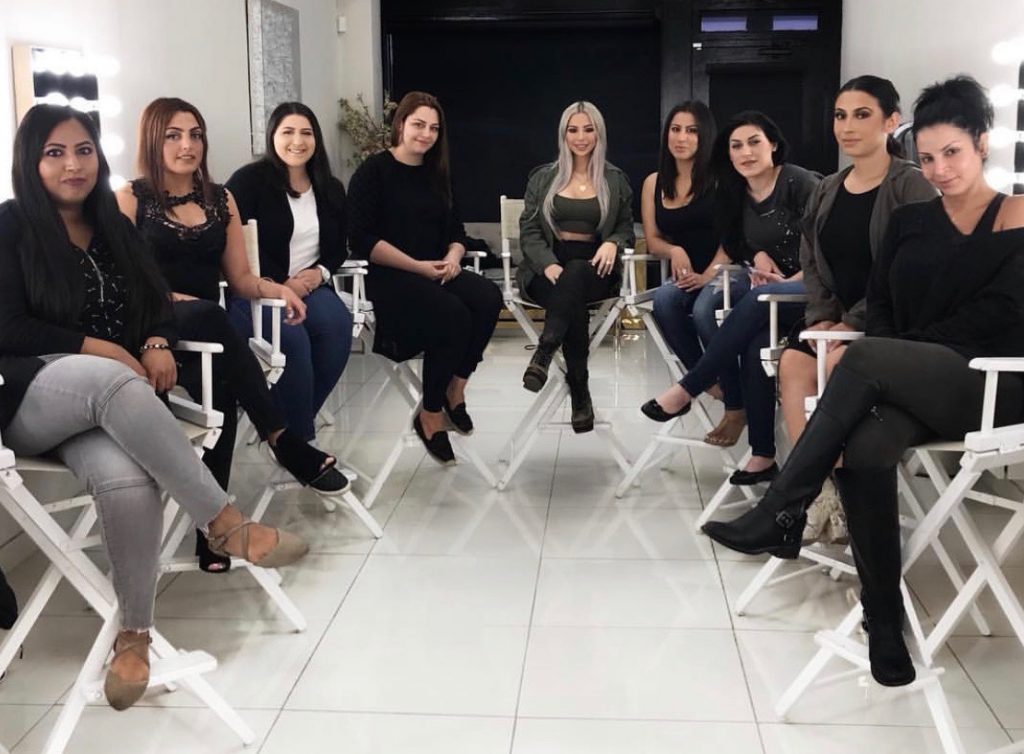
Rodriguez-Prilliman considers Lacquerbar U’s program continuing education, and Vanity Makeup and CosmoSafe are similarly targeting beauty practitioners that have already been through beauty school. These startups aren’t providing licenses permitting people to handle clients in salons and spas. To obtain licenses, they have to complete a cosmetology program at a state-approved school that can consist of 1,000 to 2,000 hours and pass state board exams. However, people become beauty professionals without licenses. Neither Ivana nor Goulayan have licenses, and they catapulted their beauty careers freelancing.
Ivana says, “The areas that I had mastered were outside of the salon, working on production, doing advertisements, billboards, commercials, movies, film and television. So, I didn’t see the need to go back to school.” Goulayan advises aspiring makeup artists to skip cosmetology school. She says, “Taking a course and just getting certified is the best option.” To assist makeup artist in nabbing jobs, Vanity Makeup concentrates on social media. Today, Goulayan says, “That is the main way to build clientele and for people to see your work.”
“There just aren’t enough nail technicians available to work, and the ones that are working, you’re having to train them so much just to get them to a level that is good enough because these schools aren’t teaching you anything.”
The salon and spa channel, though, is the preferred option for thousands of beauty professionals. The new class of beauty school entrepreneurs thinks their programs are suited to those intent on heading to spas and salons, too. “They’re better able to navigate that space,” says Ivana. “They don’t want to go the traditional booth rental or renting a chair route. They’re really excited about suite rentals and, now, they know how to manage that. They know how to interact with their customers on a higher level now, and they know how to get people in their chair after doing our program.”
Rodriguez Prilliman’s Lacquerbar U offers a solution for nail technicians on the path to securing licenses. It’s teamed up with an Aveda Institute outpost in San Jose to create a 400-hour nail-specific curriculum that satisfies licensing requirements. Students participate in Lacquerbar U’s online education and service clients at a mini Lacquerbar within the Aveda Institute. Lacquerbar U shares the nail program revenue with Aveda. It’s been so successful that the Aveda Institute plans to expand the program to its San Francisco branch.
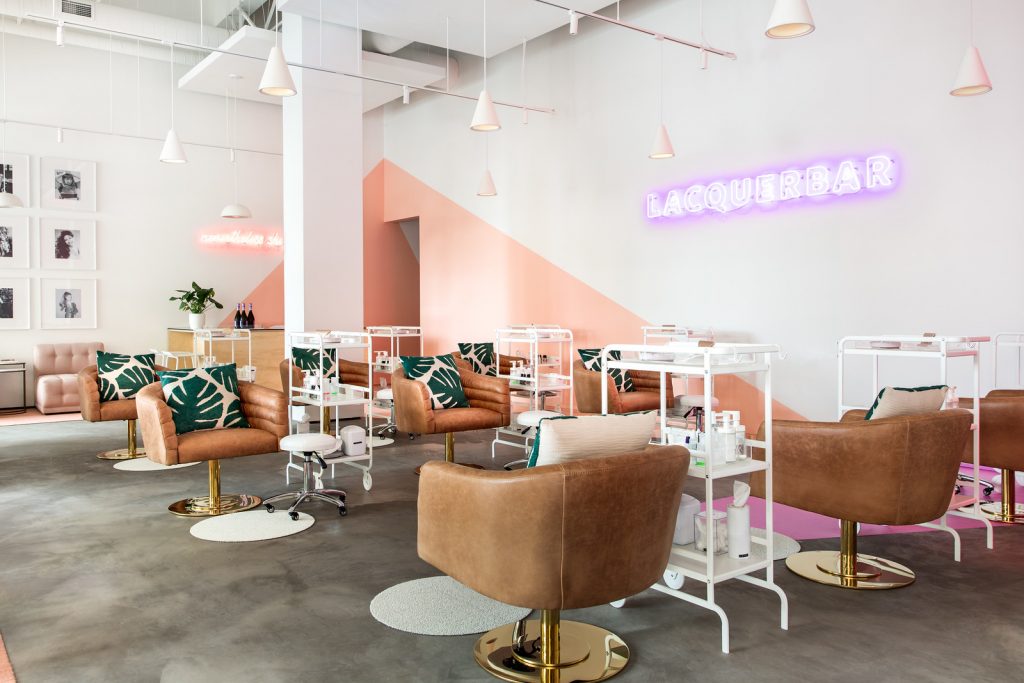
Aveda isn’t the only bold name in beauty embracing change to the beauty education system. L’Oréal announced in September that it will open a school in Paris next year tendering the first bachelor’s degrees in hairdressing and entrepreneurship. “With over 10,000 job vacancies in France, the hairdressing industry is suffering from a lack of qualified and motivated workers,” said Nathalie Ross, president of the professional products division at L’Oréal, in a statement. “We want to create an appealing and high-quality course for younger generations offering comprehensive training which teaches not only technical proficiency but also cross-functional skills in entrepreneurship and digital.”
Despite the efforts of big companies and entrepreneurs, there remains a ton of room left for betterment of the beauty school apparatus. Rodriguez Prilliman’s ambitions are tackle as much as she can at Lacquerbar U. She’s looking to convince local governments that they should seek policies to lower the costs of beauty education in order to broaden access to it. “The majority of people who work in the nail industry are women of color, and they’re in this cycle of poverty. It’s unjust,” she says. “We want to change that. It’s not just about providing pretty manicures and fun nail art for rich people who can afford it. It’s about, ‘Hey, how can we overhaul this industry? How can we do right by the workers, provide them jobs and also provide consumers what they want at the same time?’”
KEY TAKEAWAYS
- More than 177,000 people enroll in for-profit beauty schools across the United States annually, and the schools typically charge over $17,000 for tuition, fees and supplies to earn a cosmetology certificate. Cosmetology school graduates are weighed down by debt and work in jobs that earn, on average, less than $24,900 a year.
- Looking at the beauty school landscape, entrepreneurs are increasingly sensing opportunities to fix a broken system. Among the entrepreneurs that have plunged into the beauty education field are CosmoSafe’s Angela Ivana, Lacquerbar U’s Heli Rodriguez Prilliman and Vanity Makeup’s Ani Goulayan. The programs they offer provide instruction on servicing clients and building beauty businesses.
- The beauty education startups proliferating often provide training online, and people that go through their programs don’t obtain a license from finishing the coursework involved. However, Lacquerbar U has created a 400-hour nails-specific curriculum that satisfies licensing requirements in partnership with the Aveda Institute in San Jose.
- Startups aren’t the only companies noticing there are deficiencies in the beauty education system. L’Oréal announced in September that it will open a school in Paris next year tendering the first bachelor’s degrees in hairdressing and entrepreneurship.
- Despite the efforts of big companies and entrepreneurs, there remains much room left for betterment of the beauty school apparatus. Rodriguez Prilliman, for example, would like local governments to work on lowering the costs of beauty schools. She says, “The majority of people who work in the nail industry are women of color, and they’re in this cycle of poverty. It's unjust.”
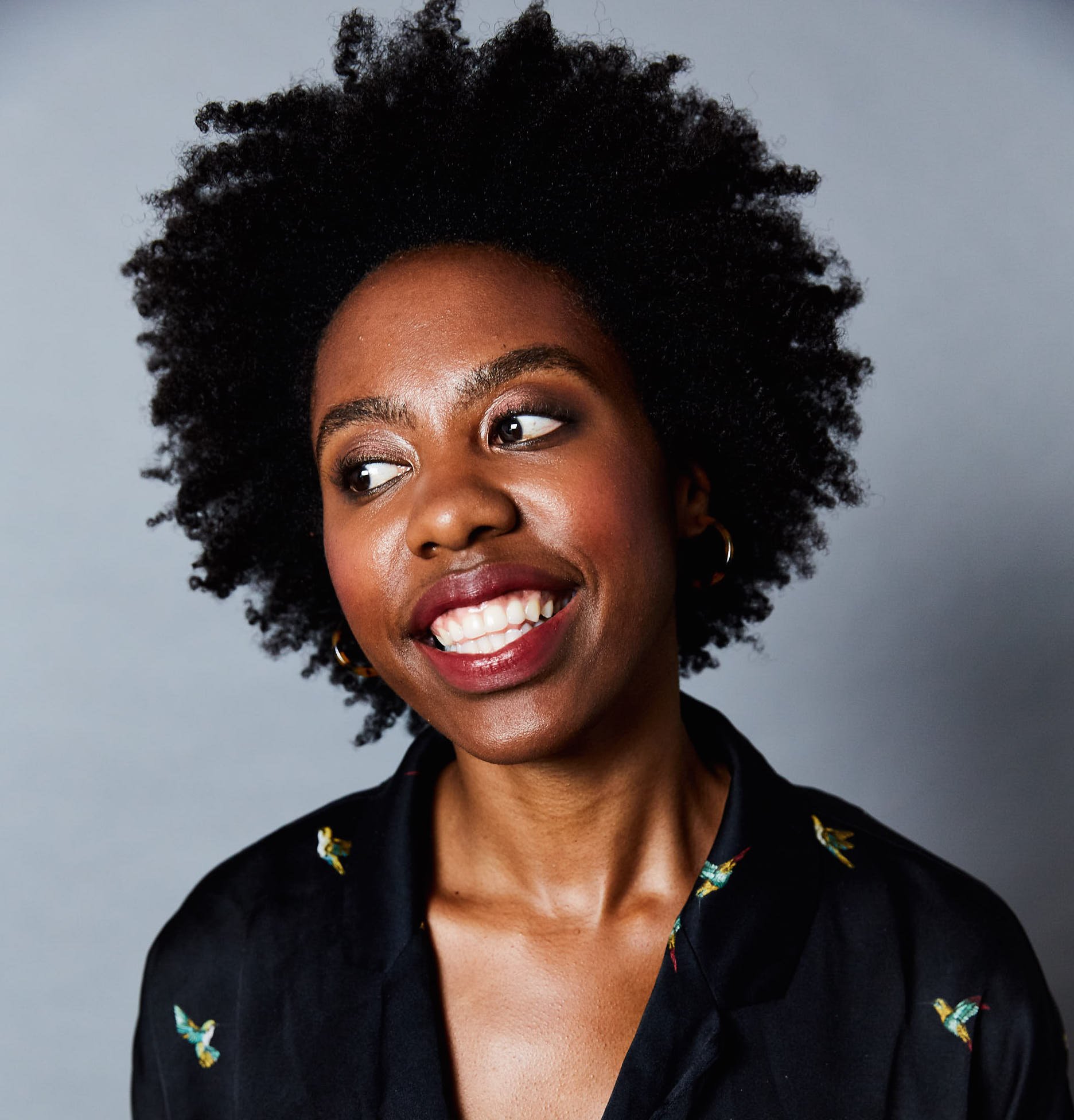




Leave a Reply
You must be logged in to post a comment.